Sarnath Archaeological Museum, Varanasi, Uttar Pradesh: India’s Oldest Site Museum – Showcasing Lion Capital of Ashoka, India’s National Emblem & 3rd-century Buddhist sculptures, terracottas, and pottery / Where Lord Buddha delivered his first sermon : Visit, Timings, History, Ticket Price, Contact Information, Travel Guide (Update)
– museum showcases the grandeur of ancient Indian art and culture
The Archaeological Museum, Sarnath, established in 1910, stands as a treasure trove of Indian history and spirituality. Built by the Archaeological Survey of India (ASI) to preserve antiquities unearthed during excavations at Sarnath, the museum showcases the grandeur of ancient Indian art and culture.
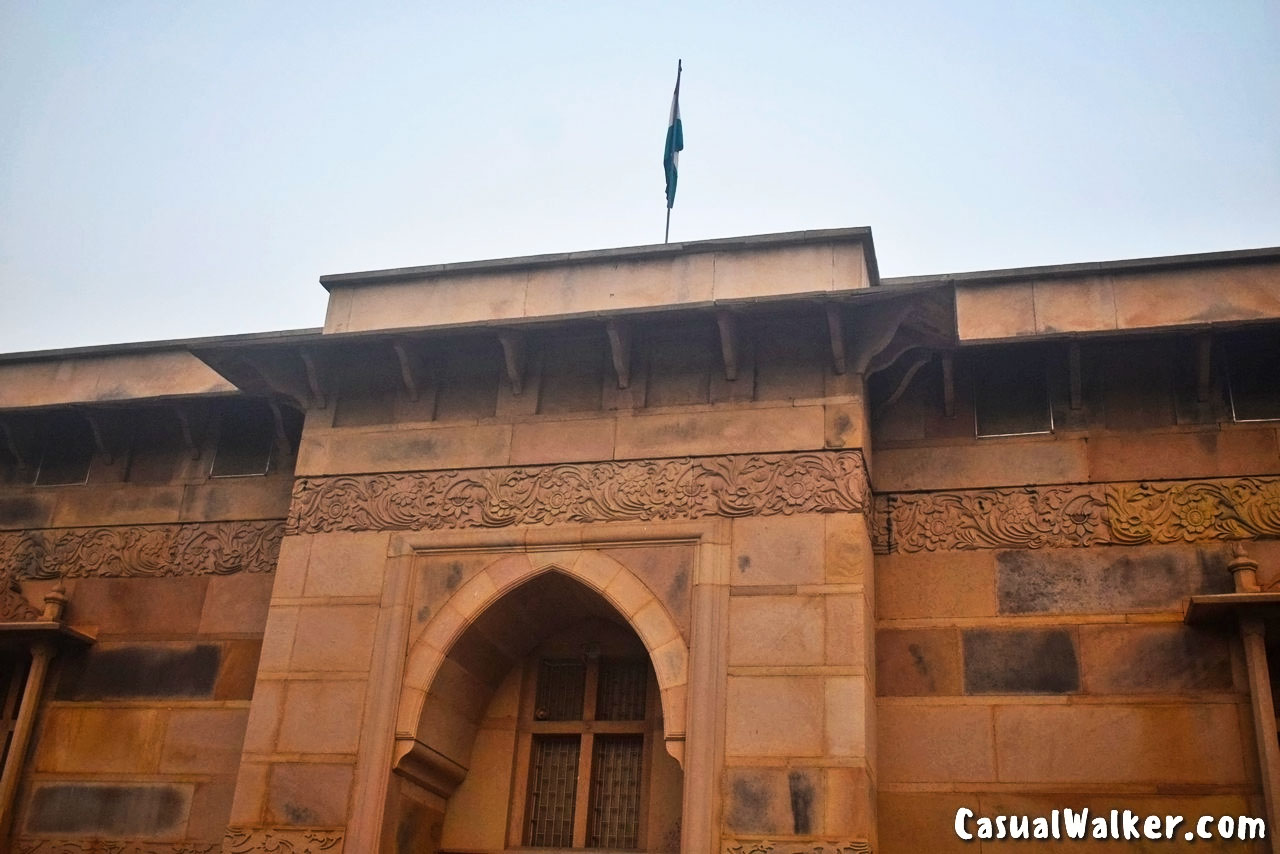
Located about 10 km from Varanasi, Sarnath holds a place of immense importance as the site where Lord Buddha delivered his first sermon after enlightenment, marking the birth of Buddhism.
Step into the museum and explore its five meticulously curated galleries, each showcasing artifacts from different periods. The museum has around 6,832 sculptures and artefacts.
Begin your journey in the northernmost gallery, Tathagata, where the serene images of Buddha evoke a sense of sublimity and tranquility. Continue to the Triratna gallery, a treasure trove of Buddhist deities and related objects, radiating an ethereal beauty.
In the Trimurti gallery, marvel at the magnificent displays of the Yaksha figure, along with images of the Trimurti (Lord Brahma, Lord Vishnu, and Lord Mahesh), Surya, Saraswati, Mahishasura Mardini, and more.
Finally, in the southernmost gallery, Ashutosh (dedicated to Shiva), delve into exhibits of Brahmanical deities in their various forms, including Vishnu, Ganesh, Kartikeya, Agni, Parvati, the Navagrahas, Bhairava, and the colossal Andhakasuravadha. Each gallery offers a unique glimpse into the rich artistic and spiritual heritage of ancient India.
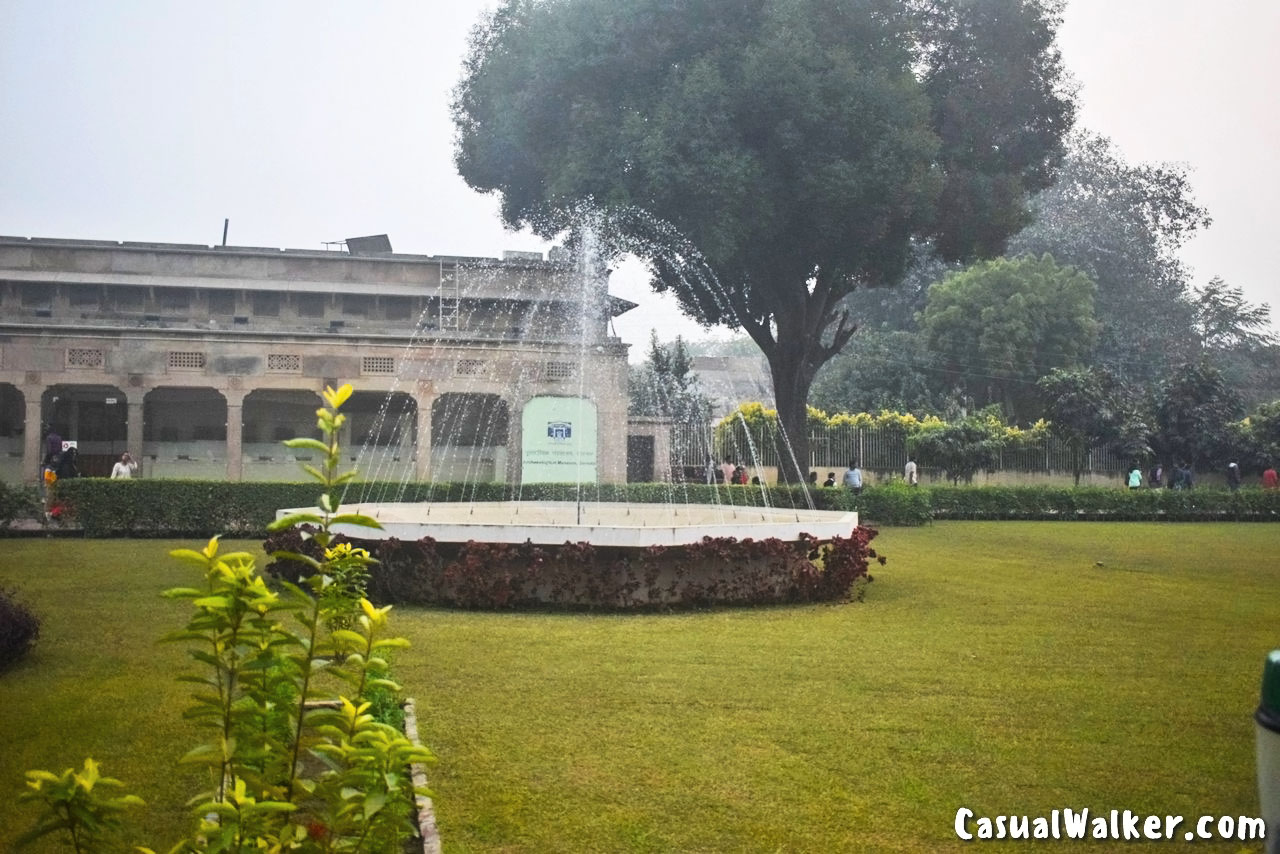
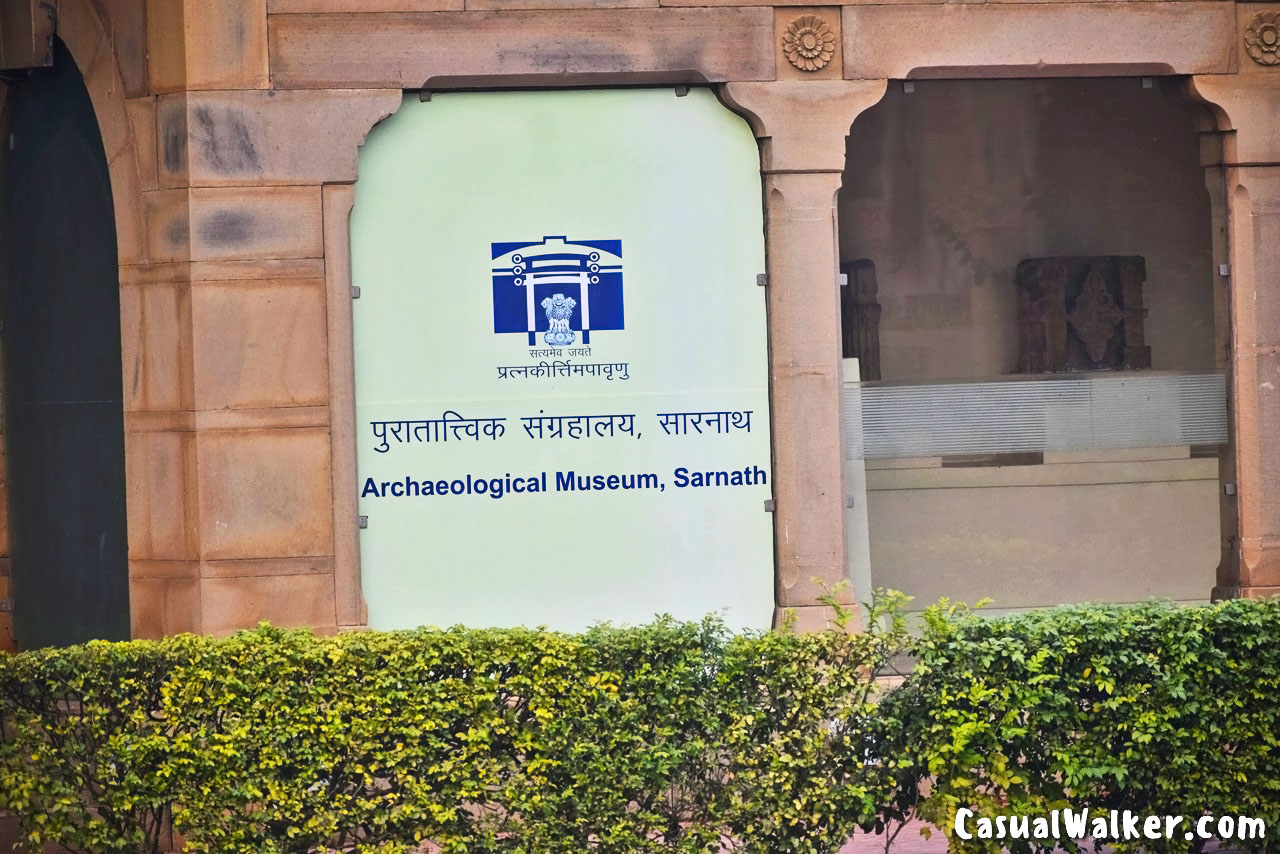
Architectural Design of the Museum
The concept for the Archaeological Museum was envisioned by Sir John Marshall, the then Director-General of ASI, and designed by James Ransome, a consulting architect to the Government of India. Inspired by a monastery’s structure, the sandstone building features five galleries and two verandahs that harmoniously showcase the artifacts within. This design mirrors the serenity and spiritual ambiance of Sarnath itself.
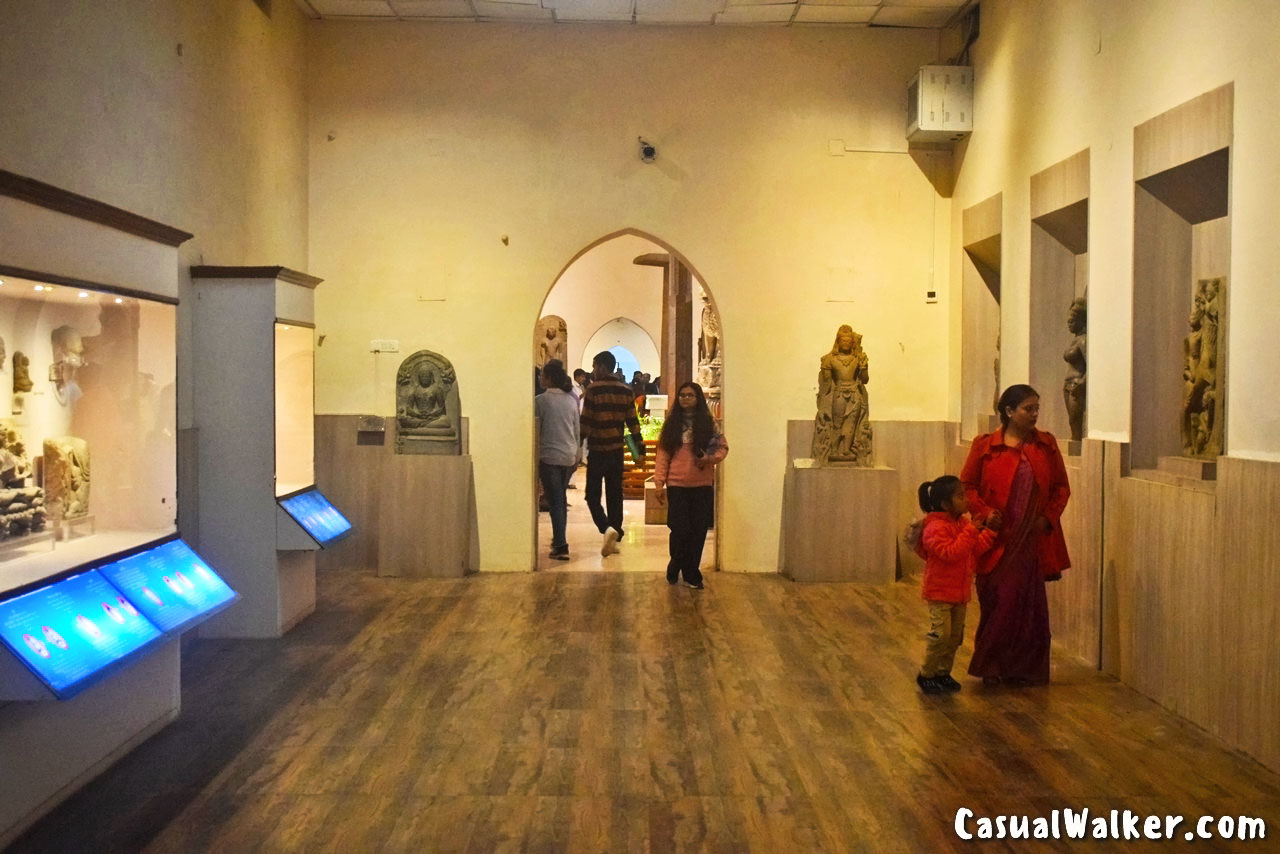
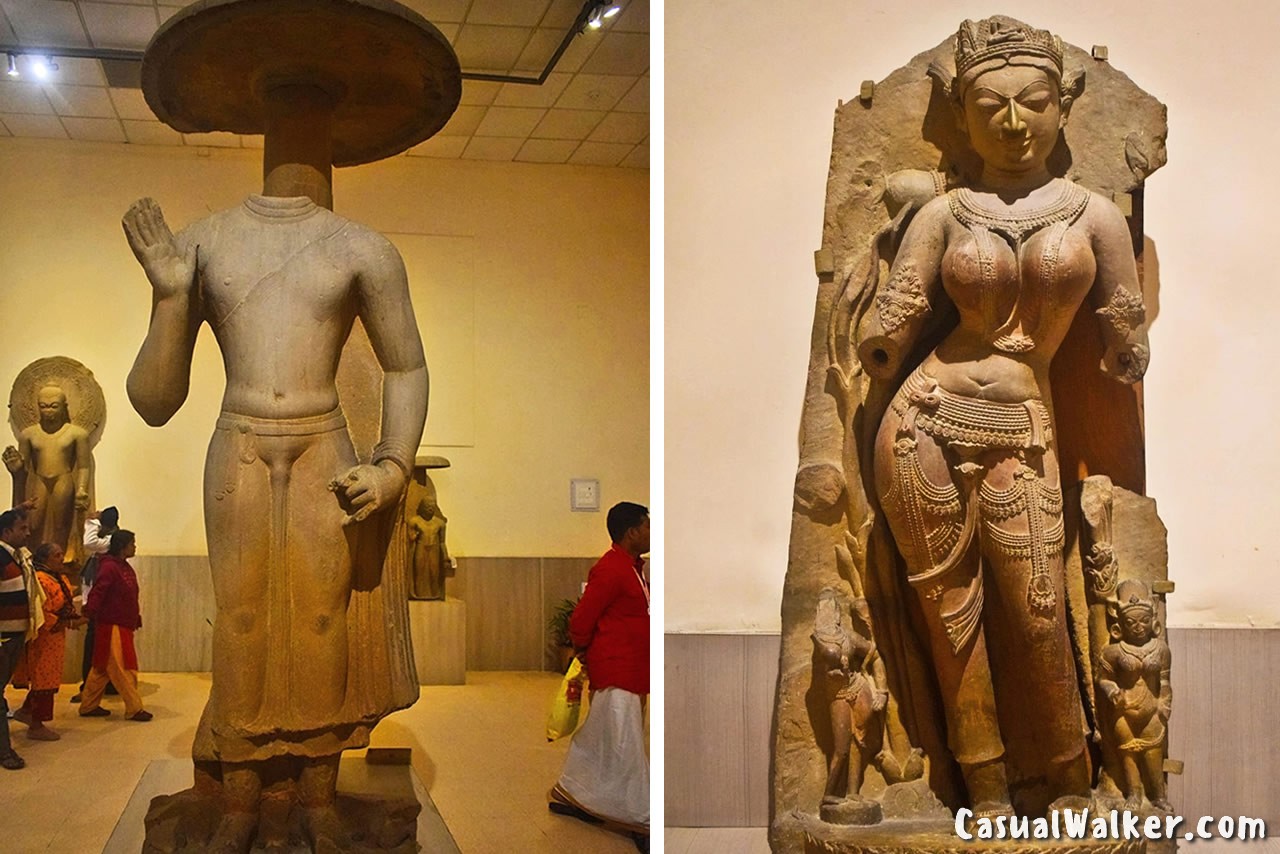
Iconic Artifacts of Sarnath Museum
The museum’s collection spans from the 3rd century BCE to the 12th century CE, featuring sculptures, terracottas, pottery, and decorated bricks. Notable exhibits include:
The Lion Capital of Ashoka
A masterpiece of the Mauryan Empire, this iconic artifact serves as India’s National Emblem. Its intricately carved lions symbolize power, unity, and faith.
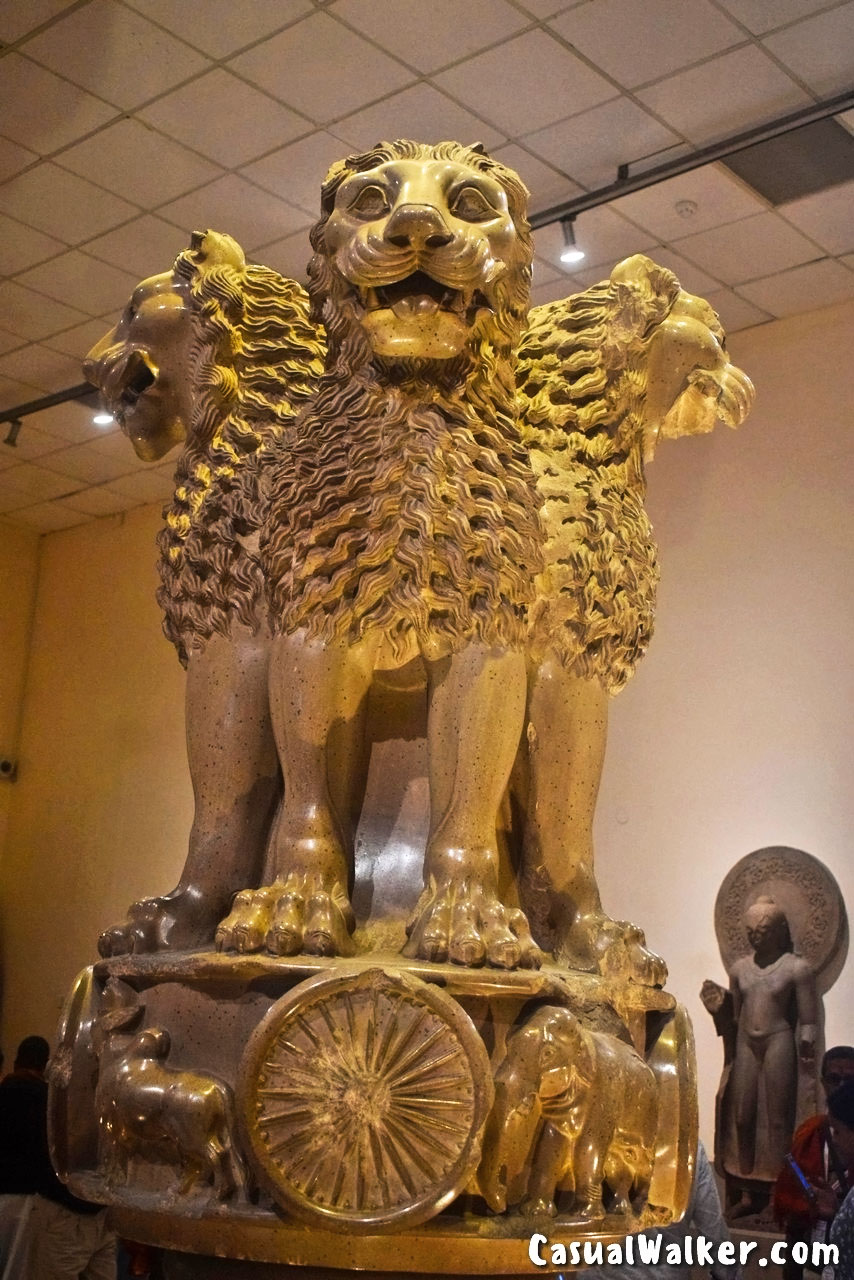
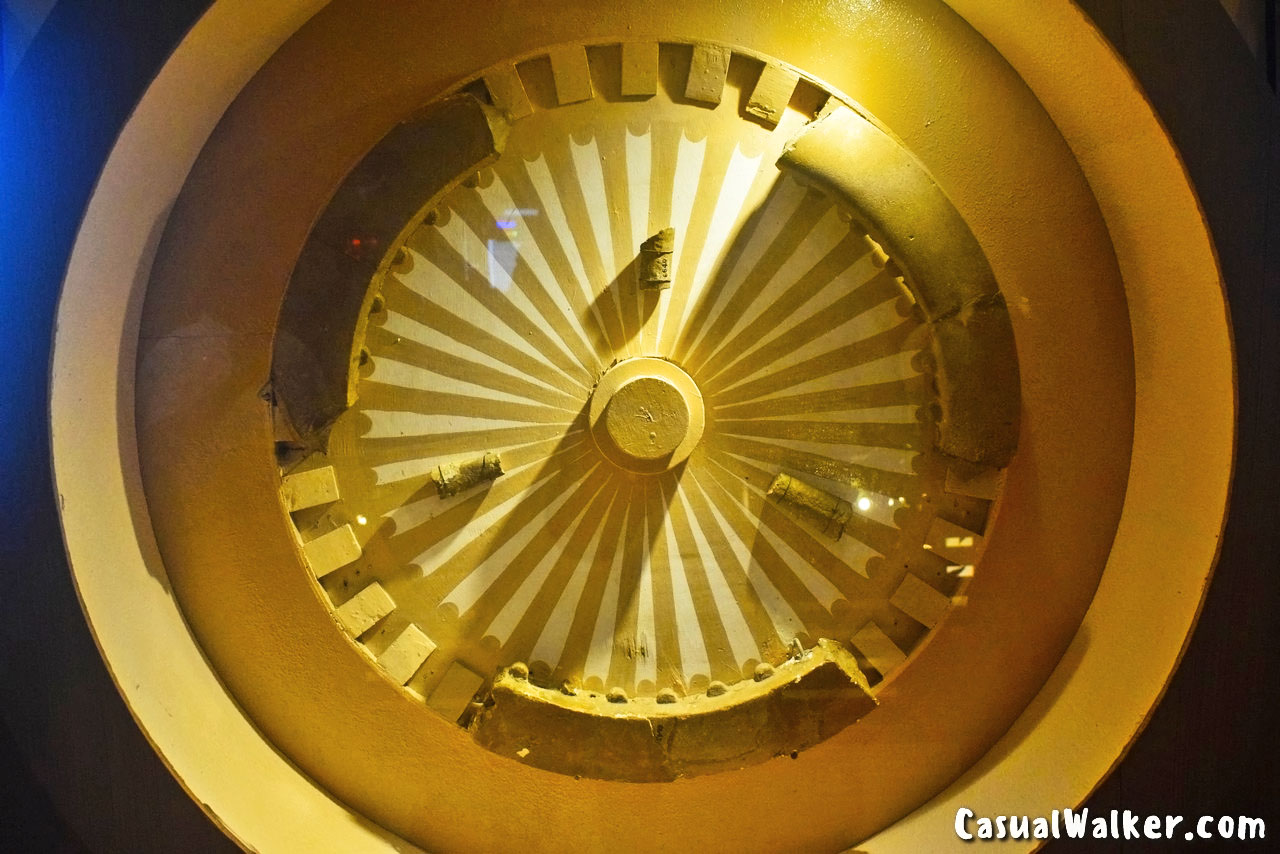
The Gupta-era Buddha Preaching Statue:
This serene sculpture depicts the Buddha delivering his first sermon, embodying the spiritual essence of Sarnath.
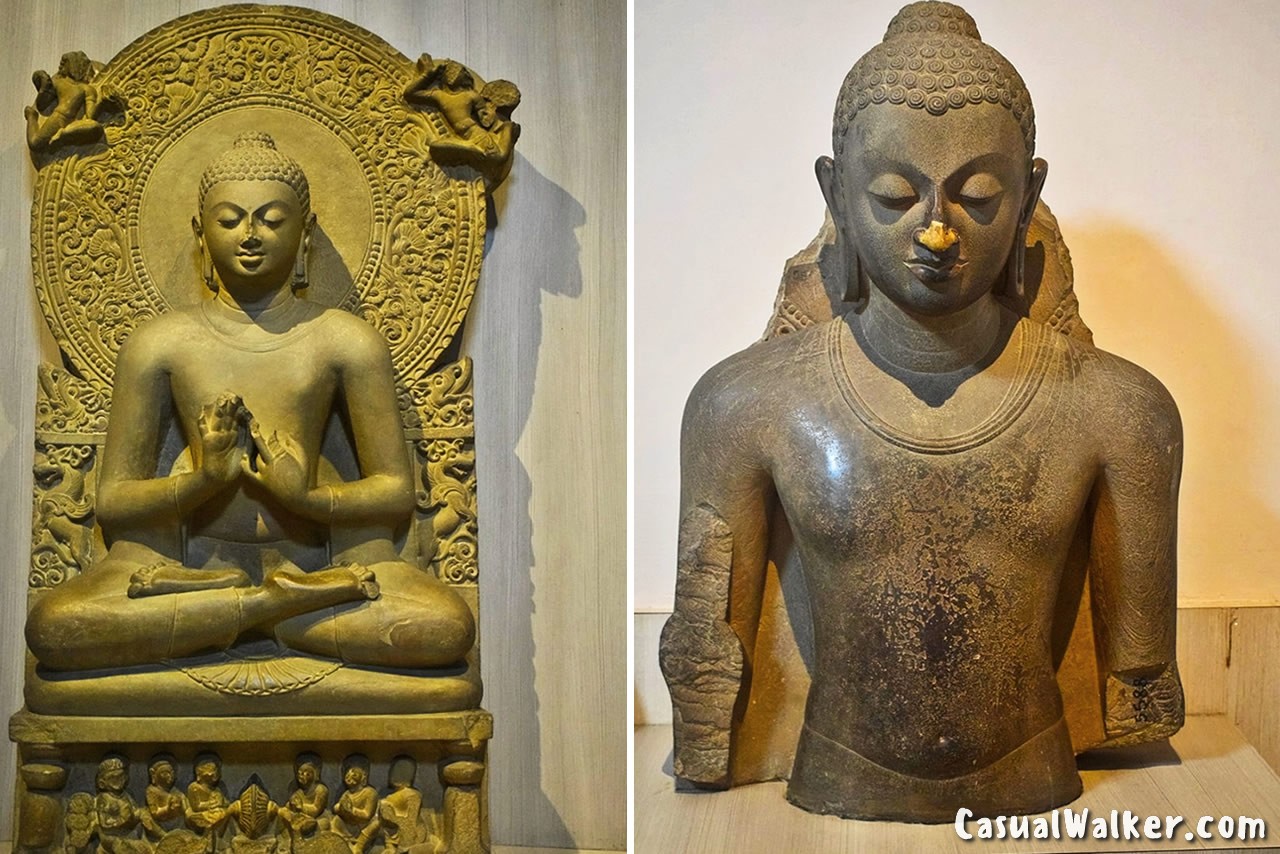
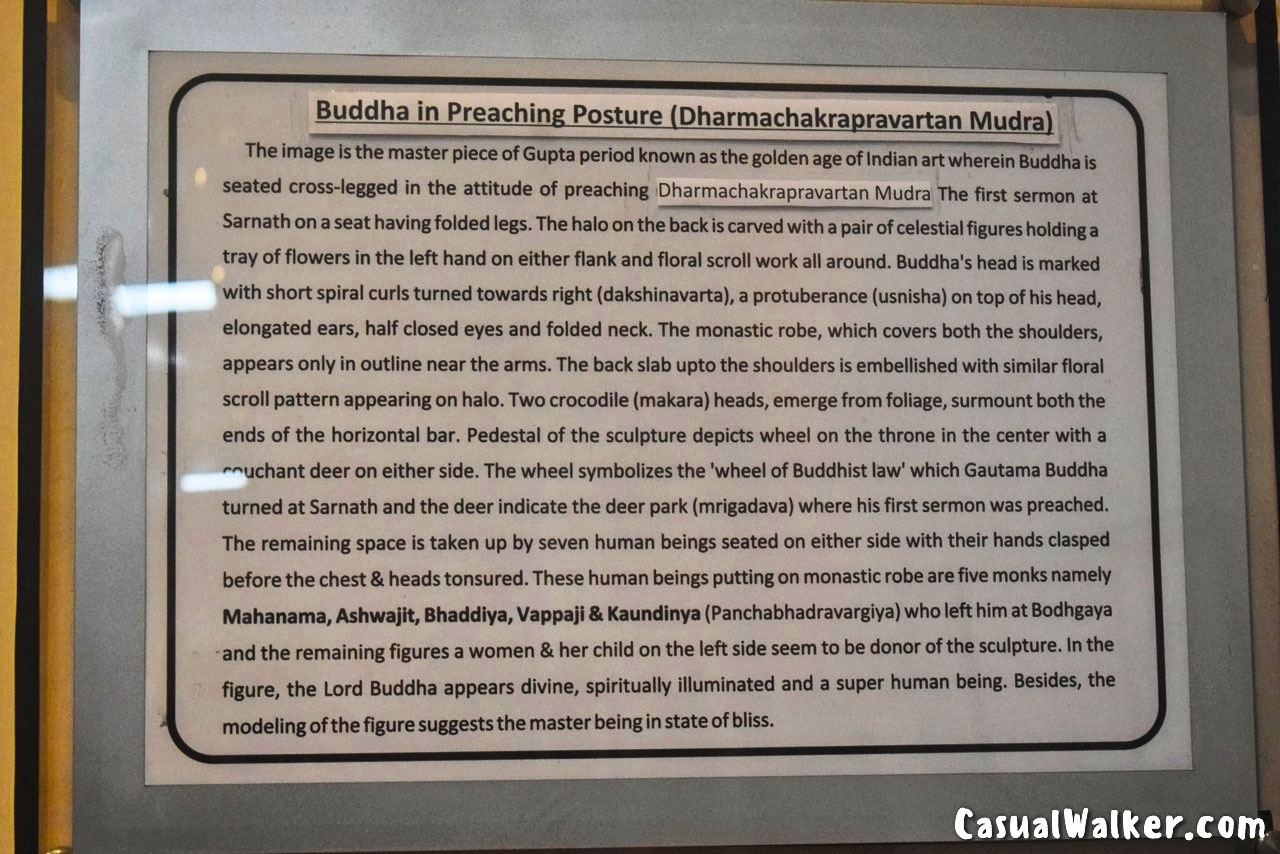
Visitors can also marvel at Jain Tirthankara statues, intricate terracotta work, and figures of birds, animals, and deities like Goddess Tara and Bodhisattvas.
Sarnath: The Spiritual Cradle of Buddhism
Sarnath is a revered site in Buddhist history. After attaining enlightenment at Bodh Gaya, Lord Buddha traveled to Sarnath’s Mrigadava Deer Park to share his profound wisdom. Here, he delivered his first sermon, unveiling the Four Noble Truths and setting the Dharma Chakra in motion.
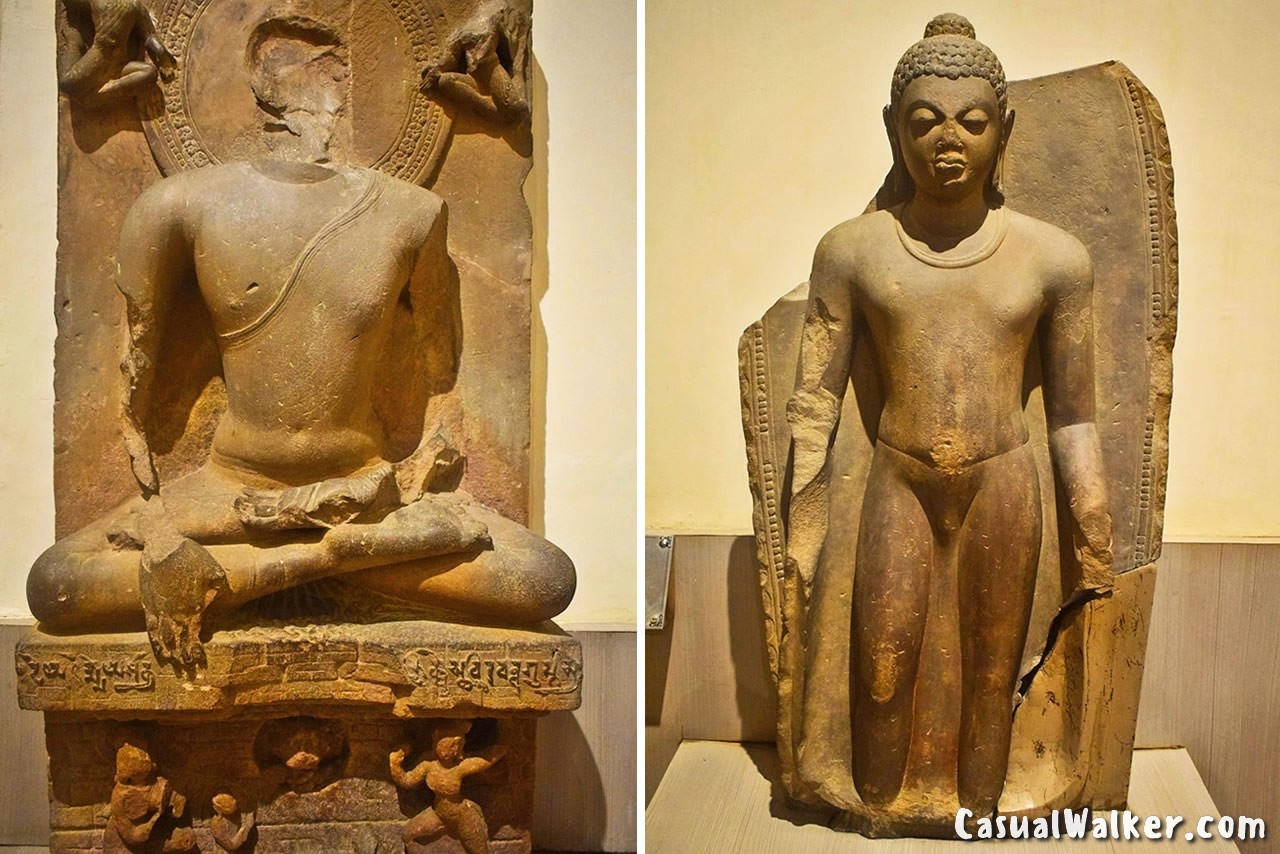
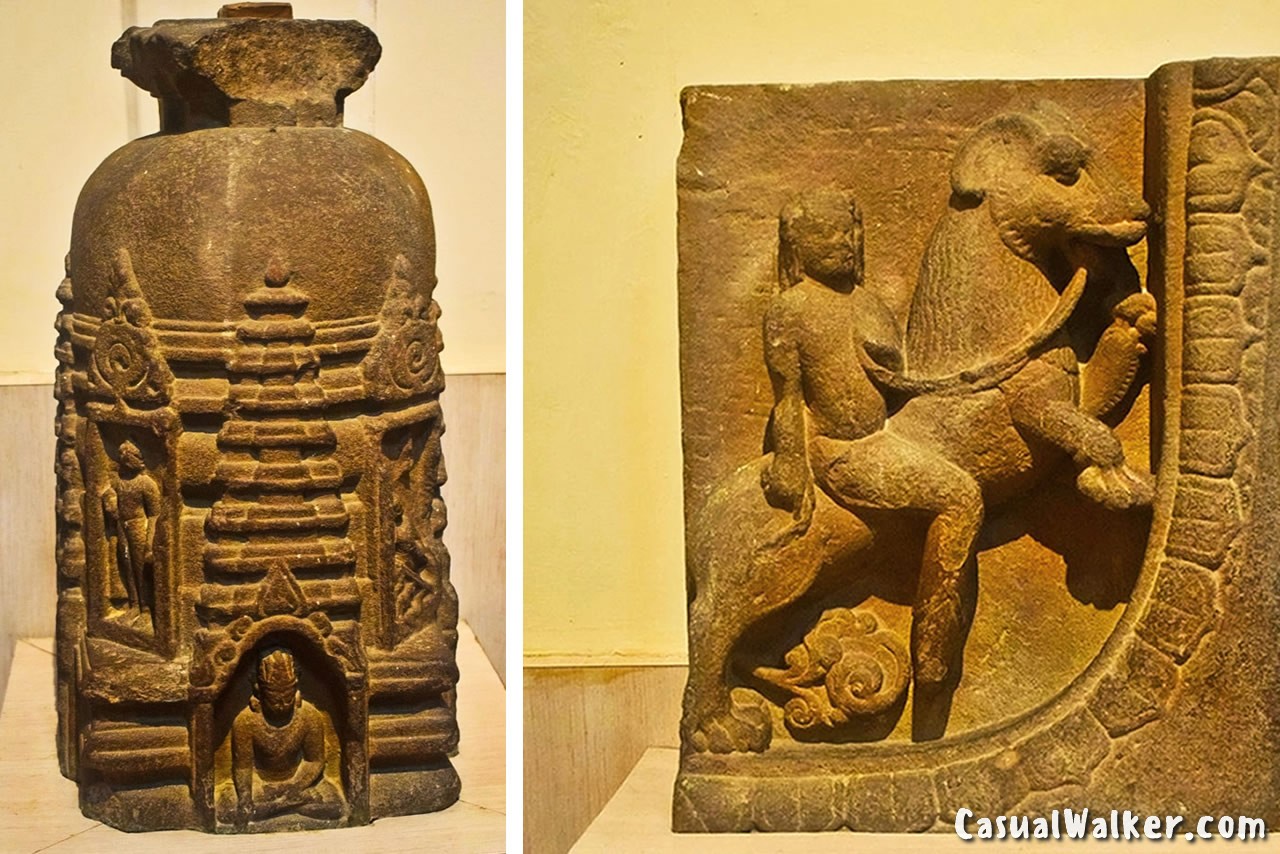
This sacred event also marked the formation of the Buddhist Sangha (monastic community), with Buddha’s first five disciples—Kaundinya, Vappa, Bhadriya, Mahanaman, and Asvajit—spreading his teachings across regions.
Iconic Monuments at Sarnath
Dhamekh Stupa
Built in 500 CE, this towering structure commemorates the site of Buddha’s first sermon. Originally commissioned by Emperor Ashoka in the 3rd century BCE, it symbolizes enlightenment and the Eightfold Path.
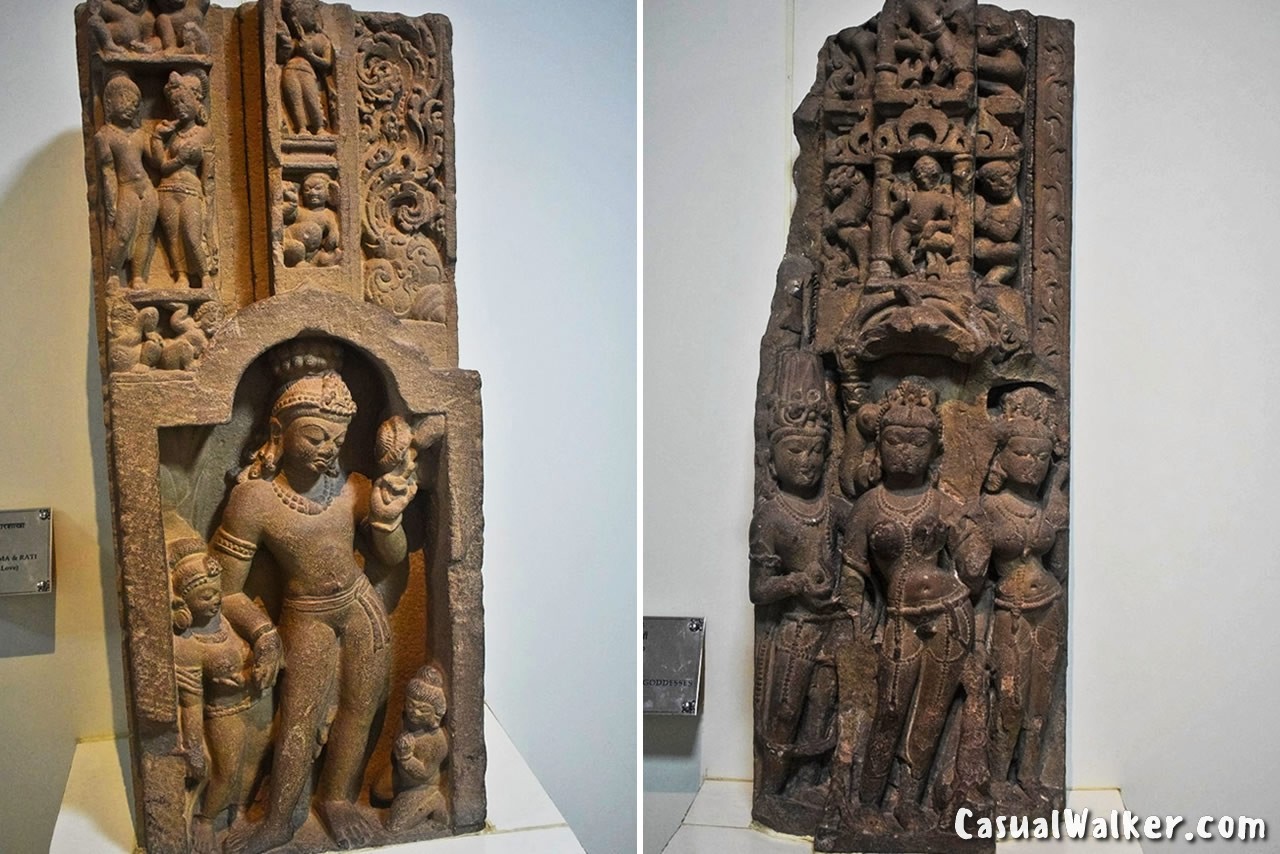
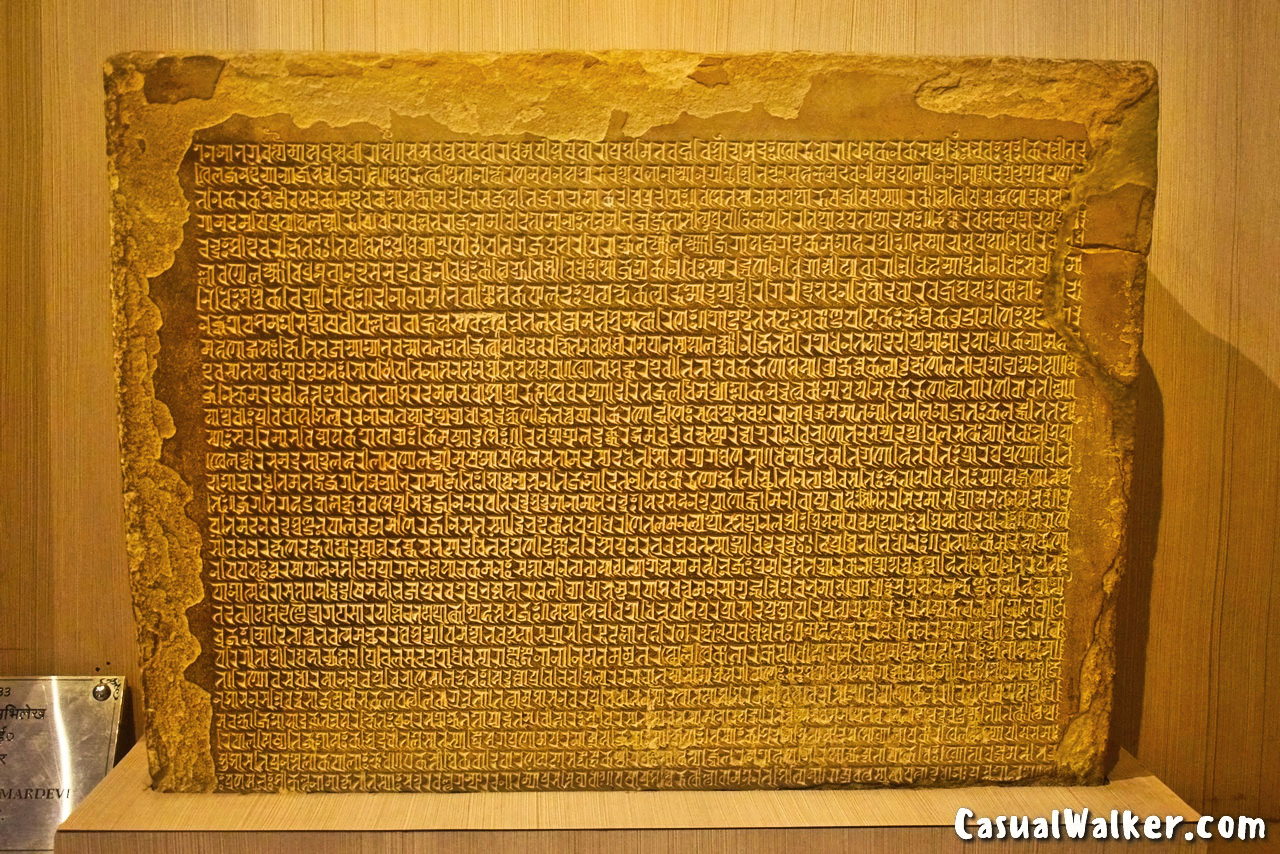
Ashoka Pillar
Erected around 250 BCE, this pillar features four majestic lions atop a base engraved with the Dharma Chakra, now depicted on India’s national flag. Intricate carvings of animals and a blooming lotus add to its spiritual symbolism.
Unveiling Sarnath’s Hidden Past
After flourishing during the Kushan and Gupta periods, Sarnath declined due to invasions and was forgotten until the late 18th century. Rediscovery began with the 1794 excavation of the Dharmarajika Stupa and continued with major contributions from:
Alexander Cunningham (1834–36): Unearthed stupas, monastic ruins, and the Ashoka Pillar.
Friedrich Oertel (1904–05): Excavated the main shrine and significant Buddha sculptures.
John Marshall (1907–08): Discovered additional monasteries and hospital ruins, emphasizing the site’s cultural importance. Recognizing the significance of these discoveries, the government established the Sarnath Archaeological Museum in 1910 to preserve its rich heritage.
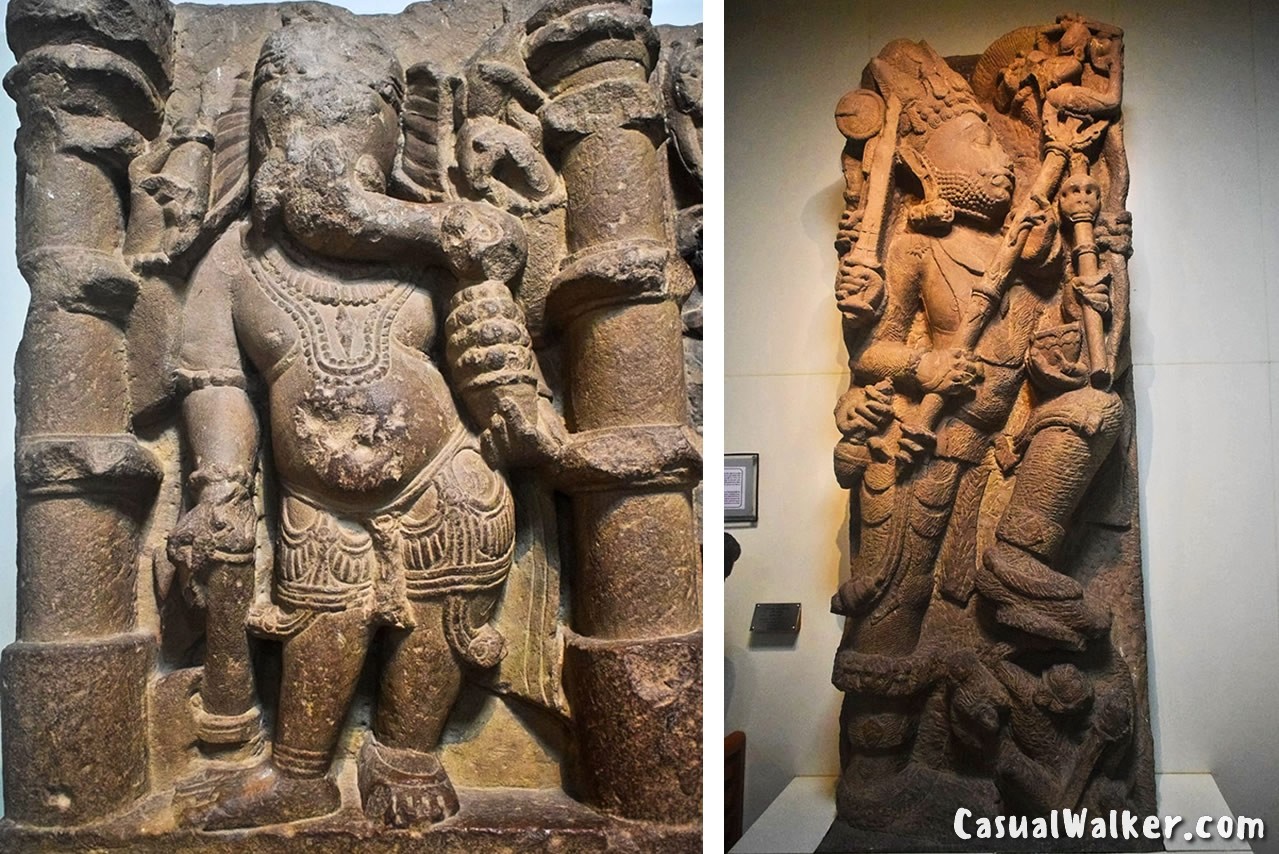
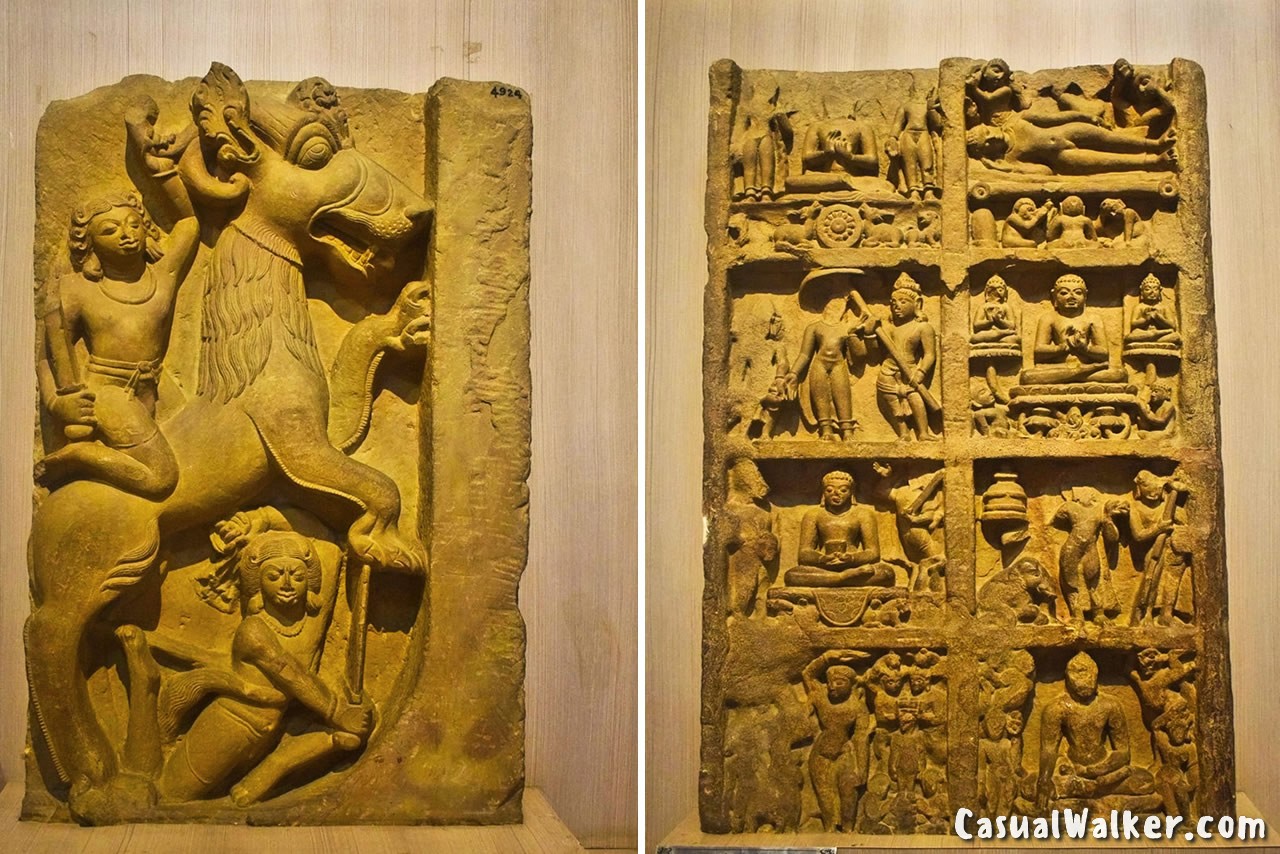
Sarnath Through the Ages
Sarnath thrived as a spiritual hub during various eras:
Kushan Period: Renowned for Bodhisattva statues.
Gupta Era: Produced exquisite sculptures of Buddhist deities.
Jain Significance: Associated with Shreyansanatha, the 12th Tirthankara, who attained liberation here.
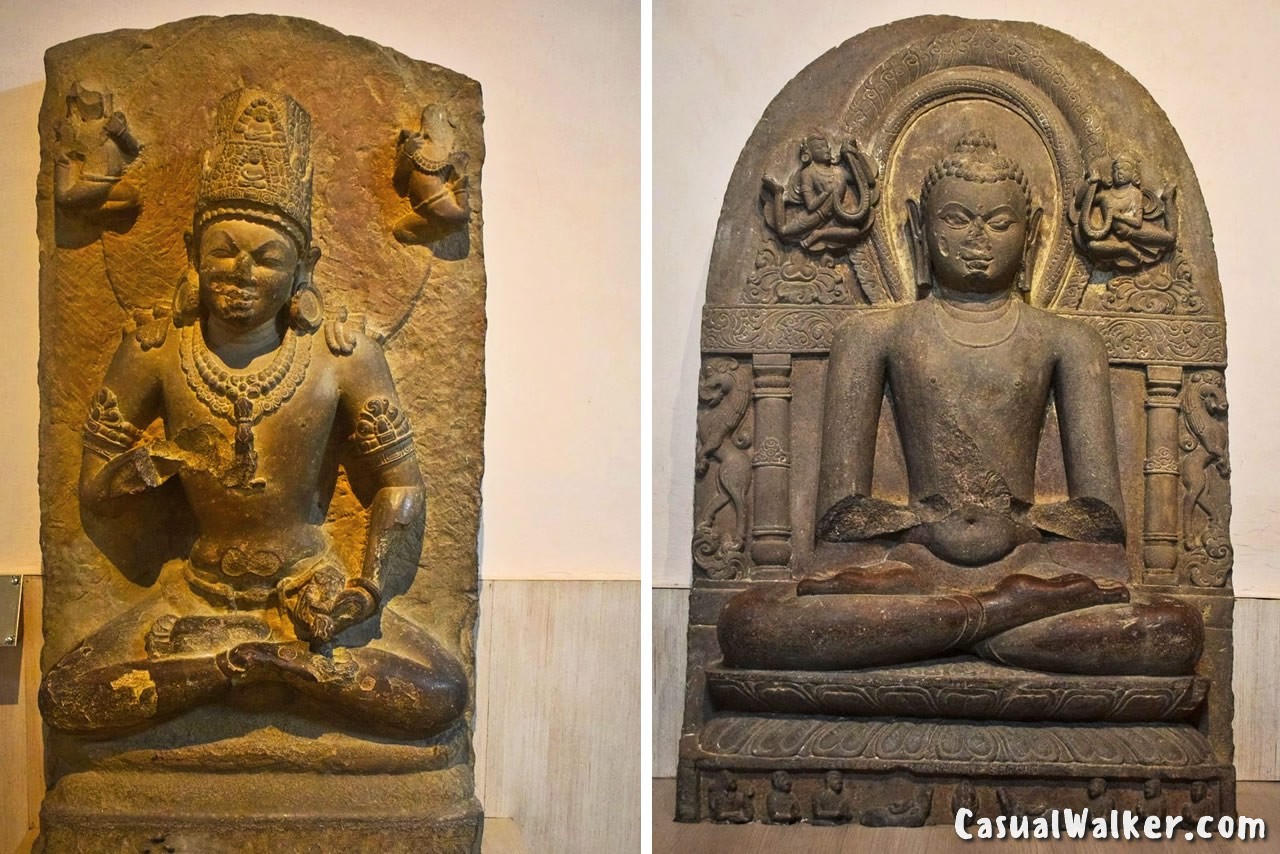
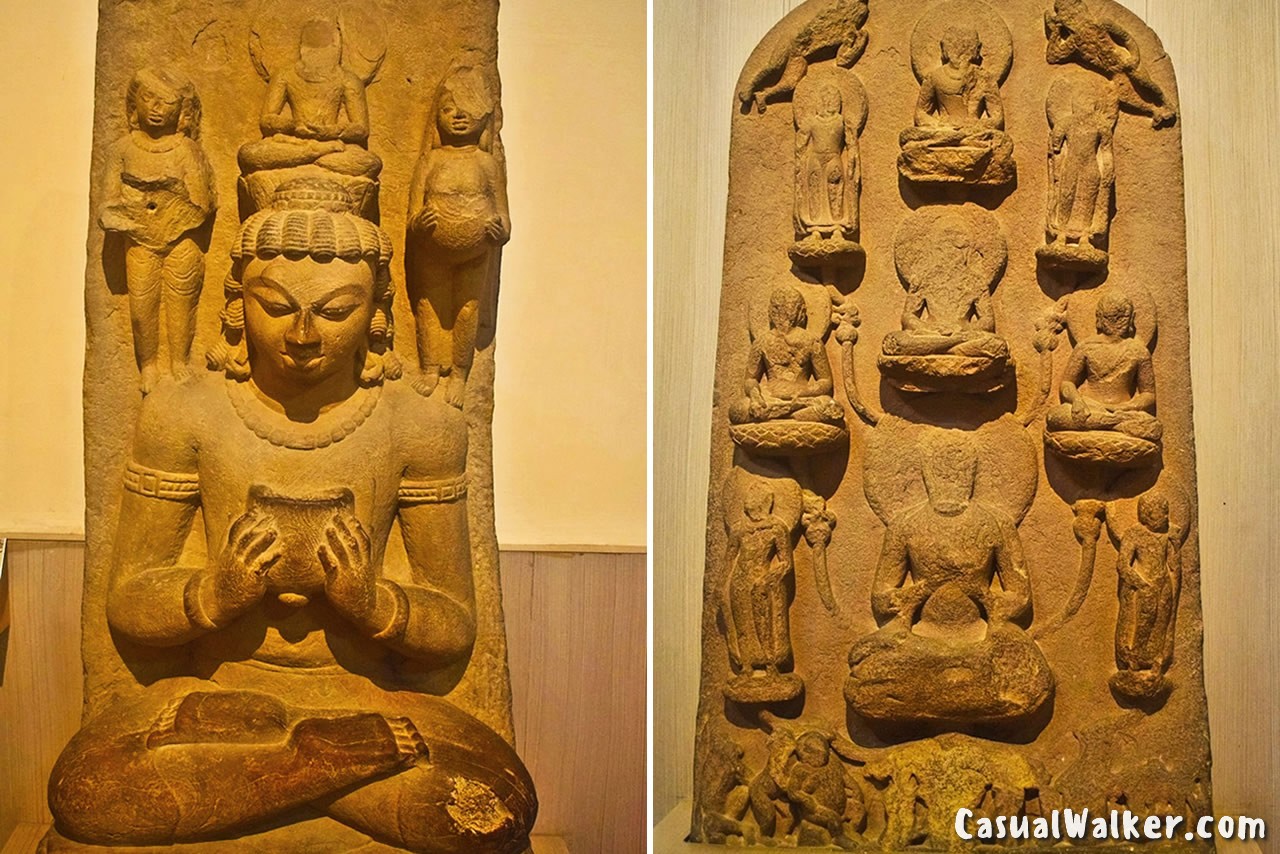
A Beacon of Enlightenment
Sarnath remains a profound spiritual destination, attracting pilgrims and travelers worldwide. As one of the four key Buddhist pilgrimage sites, alongside Lumbini, Bodh Gaya, and Kusinagara, it embodies the legacy of Buddha’s teachings.
For those seeking a deeper connection to history, culture, and spirituality, Sarnath is a must-visit destination, where every monument and artifact tells a timeless story.
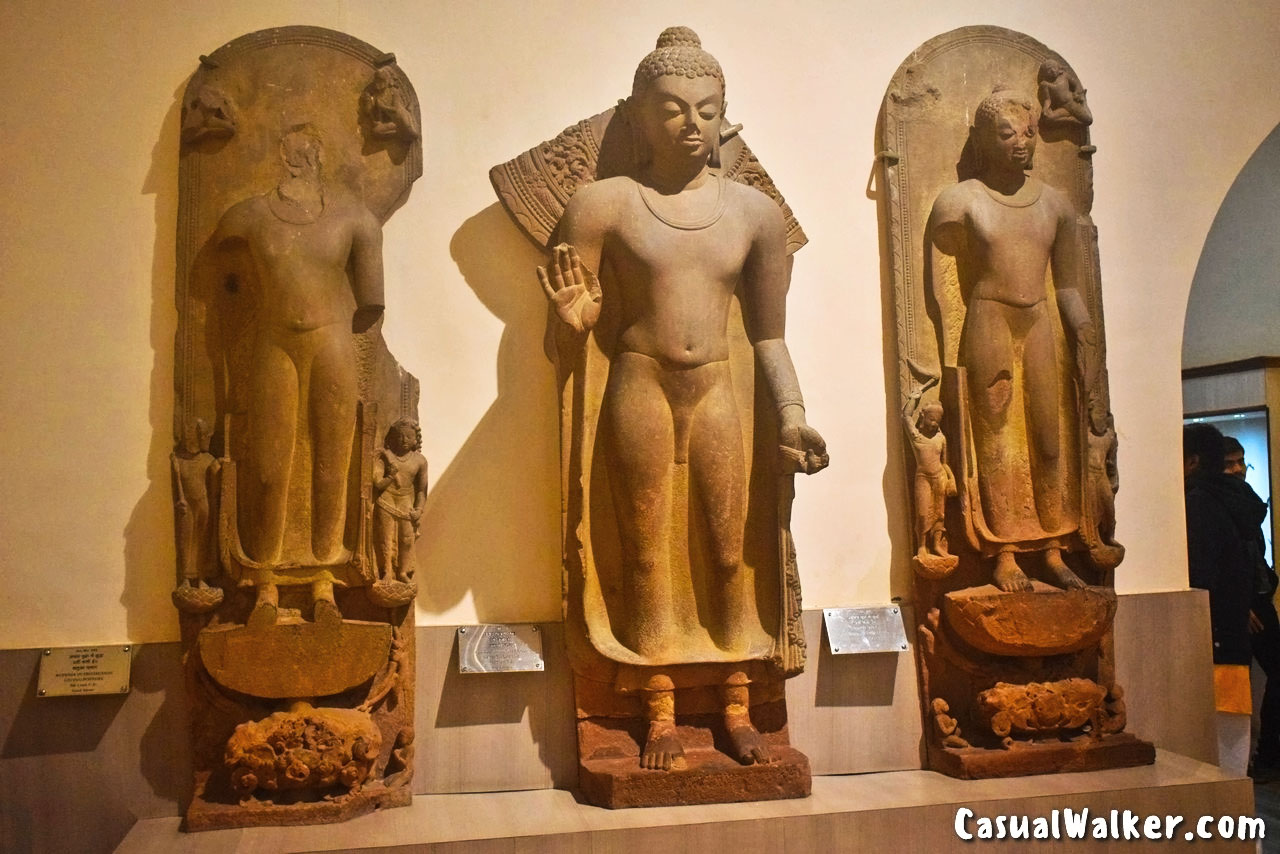
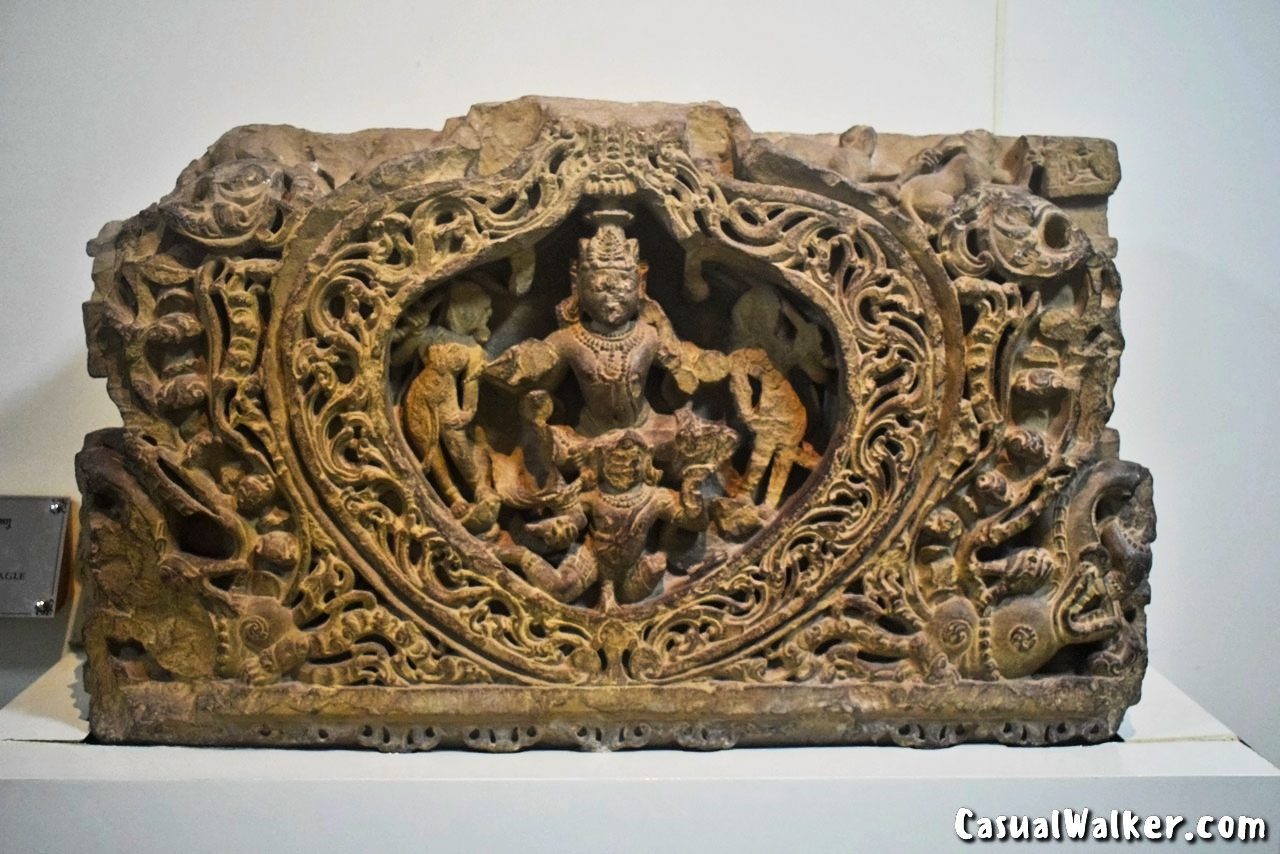
Sarnath thrived as a spiritual hub during various eras:
Kushan Period: Renowned for Bodhisattva statues.
Gupta Era: Produced exquisite sculptures of Buddhist deities.
Jain Significance: Associated with Shreyansanatha, the 12th Tirthankara, who attained liberation here.

A Beacon of Enlightenment
Sarnath remains a profound spiritual destination, attracting pilgrims and travelers worldwide. As one of the four key Buddhist pilgrimage sites, alongside Lumbini, Bodh Gaya, and Kusinagara, it embodies the legacy of Buddha’s teachings.
For those seeking a deeper connection to history, culture, and spirituality, Sarnath is a must-visit destination, where every monument and artifact tells a timeless story.
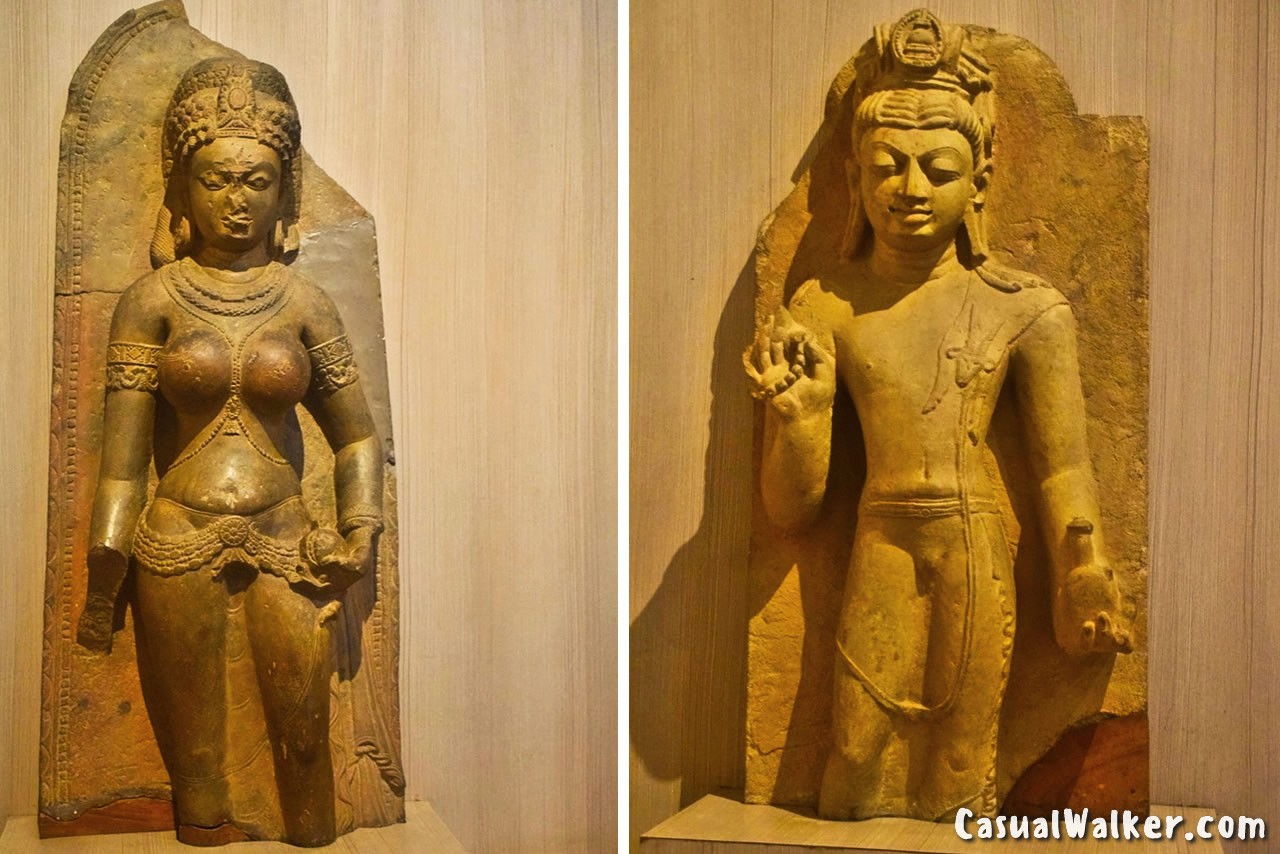
Why Visit Sarnath?
Sarnath provides a unique opportunity to explore the origins and growth of Buddhism. Its key attractions include:
Dharmarajika Stupa
Dhamekh Stupa
Chaukandi Stupa
Ashoka’s Pillar
Archaeological Museum
Deer Park
Excavated Sites and Monasteries
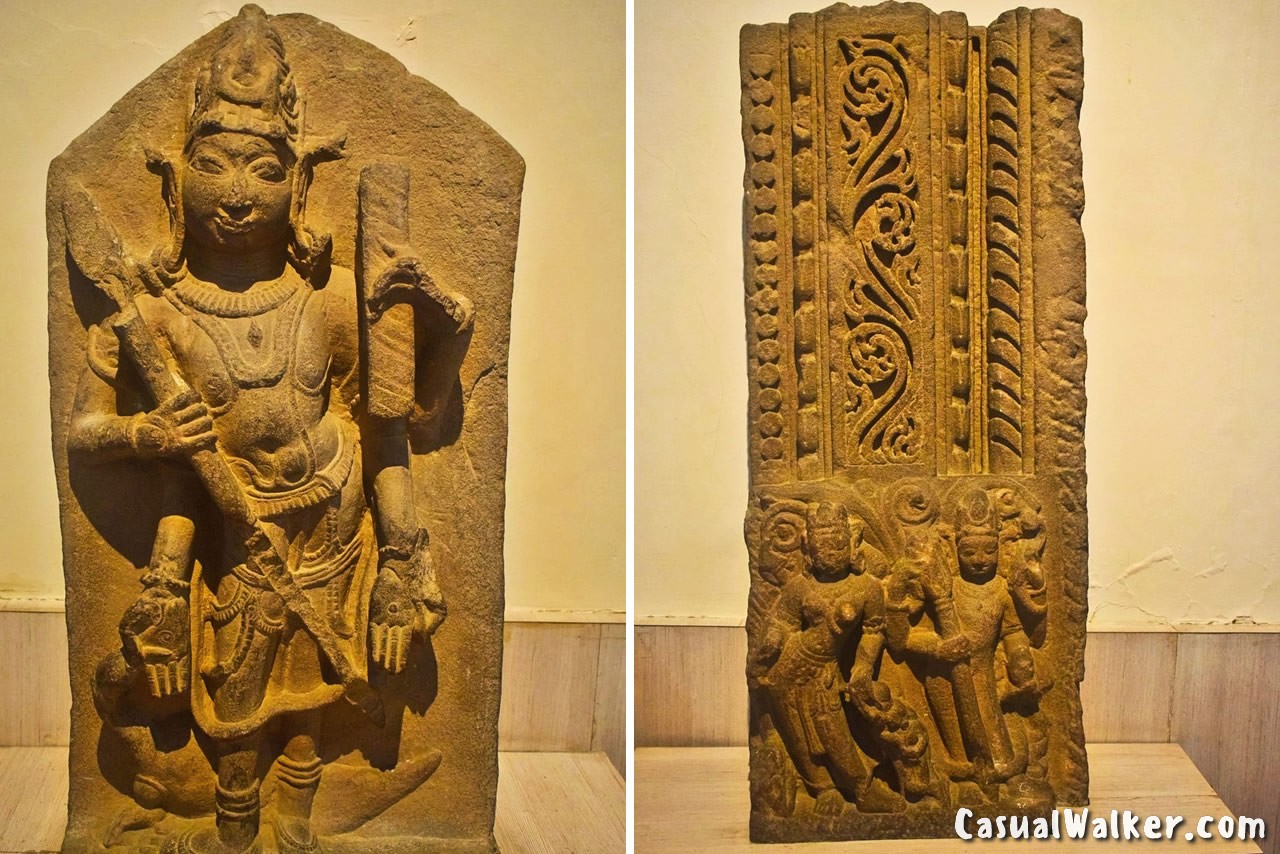
As a living testament to the history of Buddhism, Sarnath attracts pilgrims, historians, and travelers from around the world. This sacred site holds profound spiritual and archaeological significance, offering a chance to connect with the timeless teachings of Lord Buddha and the enduring legacy of Buddhism. Whether you seek spiritual solace or a deeper exploration of India’s rich cultural heritage, Sarnath promises an unforgettable journey.
Travel Tips for visit Archaeological Museum Sarnath, Varanasi
The Archaeological Survey of India diligently oversees the management of Sarnath, ensuring visitors can explore its treasures from the break of dawn until dusk. Information boards strategically placed at excavated sites offer valuable insights into the rich history enshrined within these hallowed grounds.
Archaeological Museum Sarnath Address:
Archaeological Museum Sarnath
Sarnath Museum, Archaeological Site Museum,
Saranth Station Rd, Sarnath, Varanasi, Uttar Pradesh 221007
Archaeological Museum Sarnath Contact Number: 0542 2595095
Archaeological Museum Sarnath Official Website: http://www.sarnathmuseumasi.org
Archaeological Museum Sarnath, Varanasi Timings:
Open on all days
Museum Opening & Closing time are 9.00 AM to 6.00 PM
Closed on Friday
Excavation Sarnath Site Opening time Sun rise to Sun set.
Entrance Fee INR 25 for Indian, INR 100 for Foreigners
How To Reach Archaeological Museum Sarnath, Varanasi:
By Road: Varanasi boasts well-connected roadways, providing travelers with various transport options. Whether you opt for a taxi, auto-rickshaw, or public bus, the journey from Varanasi city center to Sarnath is a mere 30-minute drive, promising convenience and accessibility.
By Train: Varanasi Junction, a bustling railway hub, links the region to major cities nationwide. Upon arrival, travelers can seamlessly transition to Sarnath via taxi or auto-rickshaw, with the station located approximately 12 kilometers from this sacred destination.
By Air: Touching down at Lal Bahadur Shastri International Airport, also known as Varanasi Airport (VNS), marks the beginning of your Sarnath adventure. With both domestic and international flights serviced, travelers can easily secure transport via taxi or hired car to reach the serene environs of Sarnath.

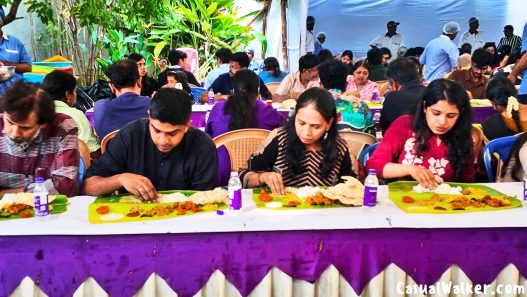



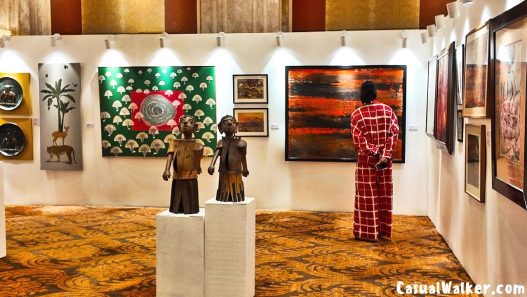

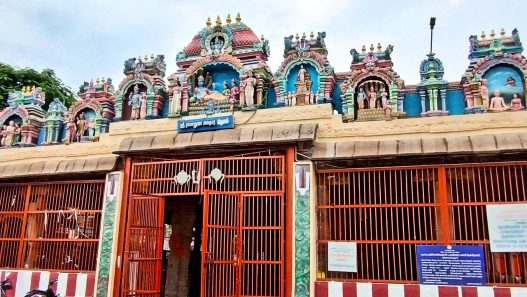
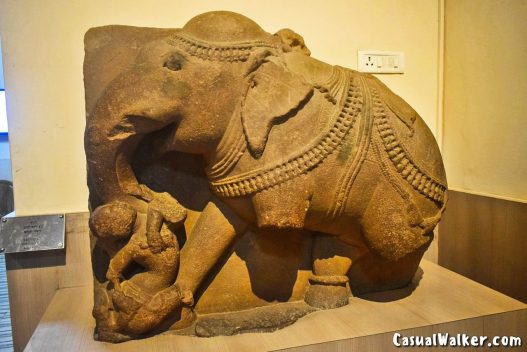
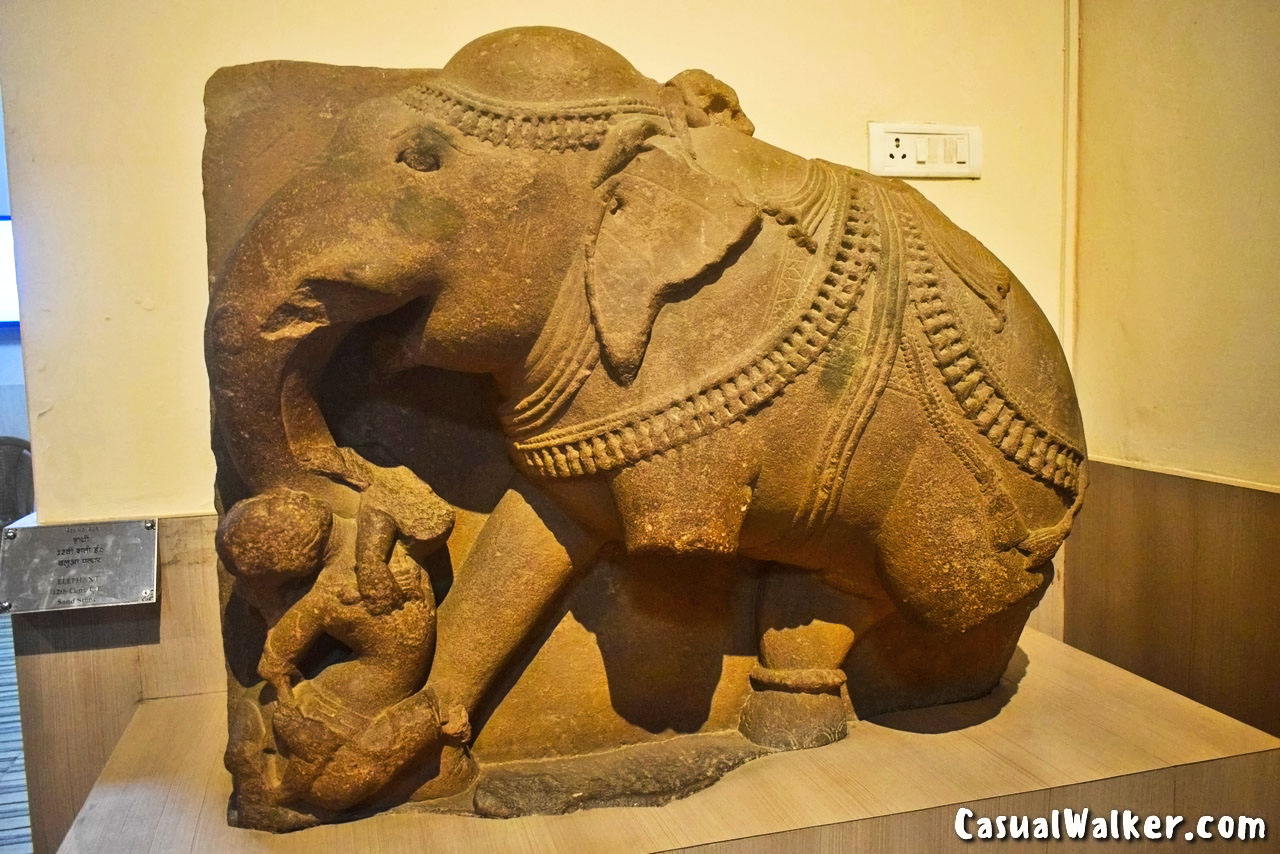


















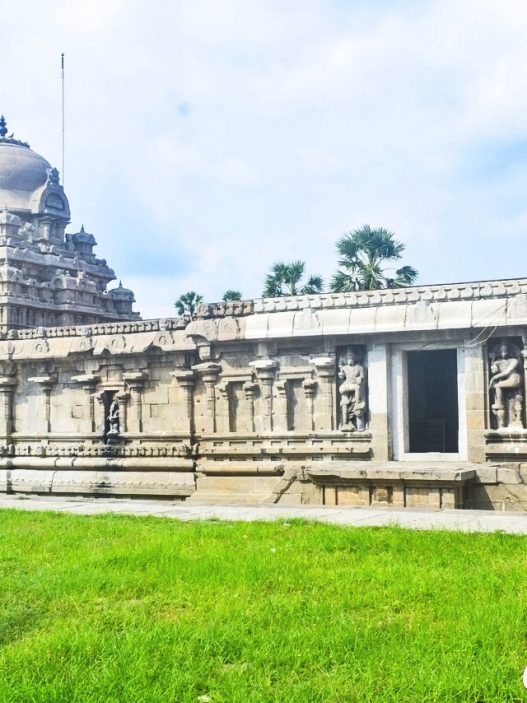
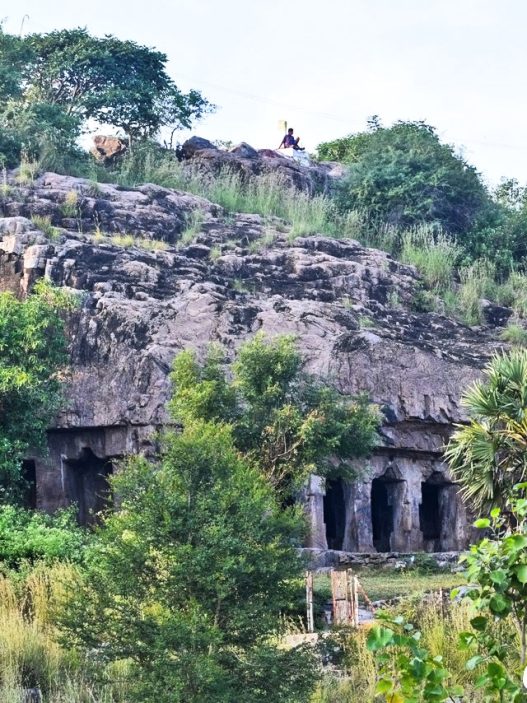
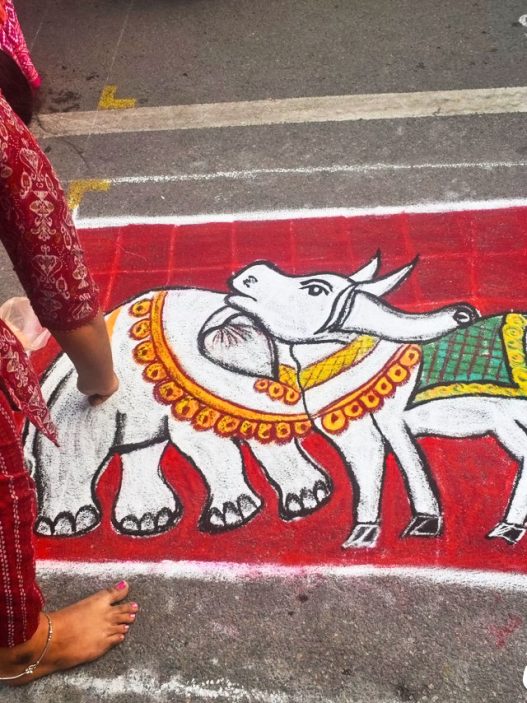
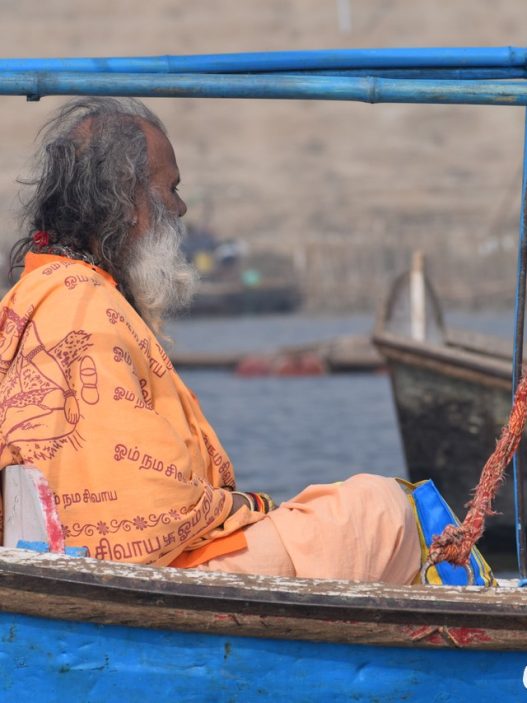
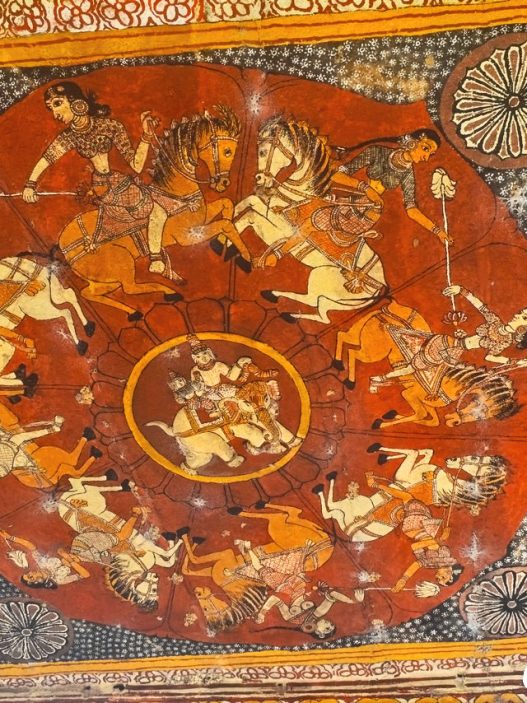

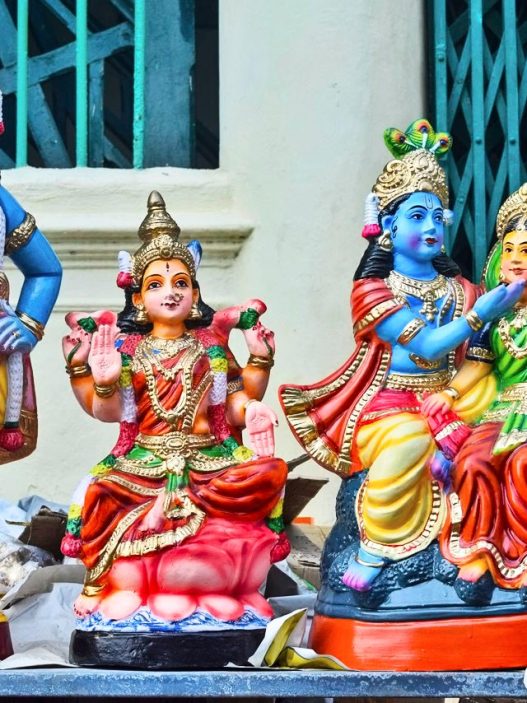
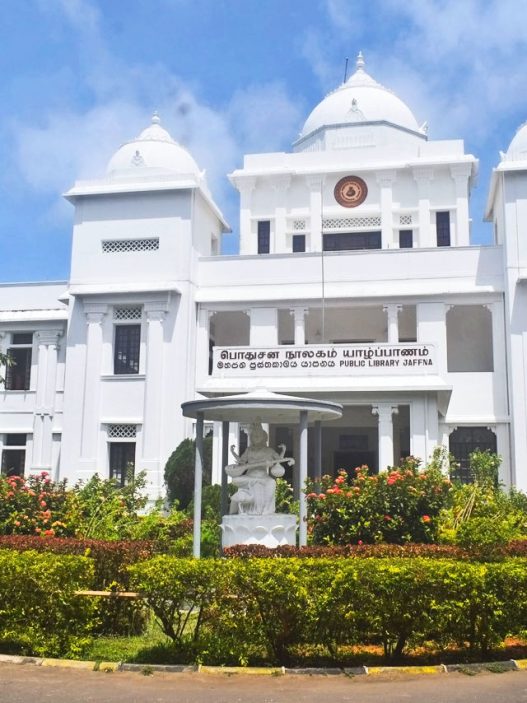
Howdy! I could have sworn I’ve visited this website before but after going through many of the
posts I realized it’s new to me. Regardless, I’m certainly happy I
came across it and I’ll be bookmarking it and checking back often!
I gotta favorite this internet site it seems very helpful very useful
I truly appreciate this post. I’ve been looking all over for this! Thank goodness I found it on Bing. You have made my day! Thanks again!
I was suggested this website by my cousin. I’m not sure whether this post is written by him as nobody else know such detailed about my trouble. You’re amazing! Thanks!
Thanks for any other informative web site. The place else may I am getting that type of info written in such an ideal approach? I have a mission that I am simply now working on, and I’ve been at the glance out for such info.
You are a very intelligent individual!
Hey there just wanted to give you a brief heads up and let you know a few of the pictures aren’t loading correctly. I’m not sure why but I think its a linking issue. I’ve tried it in two different internet browsers and both show the same outcome.
What i do not realize is actually how you’re now not really a lot more smartly-preferred than you may be now. You’re so intelligent. You know therefore considerably on the subject of this matter, made me individually consider it from so many various angles. Its like men and women are not involved except it¦s something to do with Woman gaga! Your individual stuffs nice. All the time care for it up!
Howdy would you mind letting me know which web host you’re
working with? I’ve loaded your blog in 3 completely different
web browsers and I must say this blog loads a lot faster then most.
Can you suggest a good internet hosting provider at a honest price?
Thanks a lot, I appreciate it!
You’re so awesome! I do not suppose I have read through a single thing like that before.
So good to discover somebody with a few unique thoughts on this subject matter.
Really.. many thanks for starting this up. This website is something that is needed on the internet,
someone with a bit of originality!
Attractive section of content. I just stumbled upon your blog and in accession capital to assert that I get in fact enjoyed account your blog posts. Any way I will be subscribing to your augment and even I achievement you access consistently fast.
My brother suggested I might like this website. He was totally right. This post truly made my day. You cann’t imagine simply how much time I had spent for this info! Thanks!
Hey There. I found your blog using msn. This is an extremely well written article. I’ll be sure to bookmark it and come back to read more of your useful information. Thanks for the post. I will definitely comeback.
Thanks in favor of sharing such a nice idea, paragraph is good, thats why i have read it completely
Great delivery. Outstanding arguments. Keep up
the good effort.
I could not resist commenting. Very well written!
When someone writes an post he/she retains the thought of a user in his/her brain that how a user can know it.
Thus that’s why this piece of writing is outstdanding.
Thanks!
nvw6em
Hi, i believe that i saw you visited my web site so i came to go back the want?.I’m attempting to find things to enhance my site!I guess its good enough to use a
few of your ideas!!
Không phải ngẫu nhiên mà slot365 login link lại chiếm được lòng tin của nhiều người chơi đến vậy, để làm được điều này nhà cái đã không ngừng nỗ lực và cải thiện chất lượng dịch vụ của mình để mang lại những thứ tốt nhất dành cho người chơi.
https://t.me/officials_pokerdom/3083
Excellent post. I am facing many of these issues as well..
Hi, i feel that i noticed you visited my website so i got here to go back the prefer?.I’m
attempting to in finding things to enhance my website!I suppose its
adequate to make use of some of your ideas!!
Hi there, i read your blog occasionally and i own a similar one and i was
just curious if you get a lot of spam comments? If so how do you protect against it, any plugin or
anything you can recommend? I get so much lately it’s
driving me mad so any help is very much appreciated.
188v com Cùng với hệ thống bảo mật đạt chuẩn SSL 256-bit và đội ngũ hỗ trợ khách hàng 24/7, nhà cái từng bước xây dựng được hình ảnh một nhà cái trẻ nhưng cực kỳ bản lĩnh.
Just wish to say your article is as astonishing. The clearness
on your submit is simply excellent and i can suppose you are knowledgeable in this subject.
Fine with your permission let me to take hold of your
RSS feed to keep updated with coming near near post.
Thank you a million and please carry on the rewarding work.
Greetings from Florida! I’m bored to death at work so I decided to check out your site on my iphone during lunch break.
I really like the info you provide here and can’t wait
to take a look when I get home. I’m surprised at how quick
your blog loaded on my mobile .. I’m not even using WIFI,
just 3G .. Anyhow, fantastic blog!
I cherished as much as you will obtain carried out proper here. The sketch is attractive, your authored material stylish. nonetheless, you command get bought an edginess over that you would like be delivering the following. sick without a doubt come further in the past once more as precisely the same just about a lot often inside of case you defend this hike.
Very well explained
Those are yours alright! . We at least need to get these people stealing images to start blogging! They probably just did a image search and grabbed them. They look good though!
Jilibet178, now that sounds like a proper betting site. In for some action, hopefully good odds. Let’s go! Find out more here jilibet178
https://t.me/dragon_money_mani/25
Awsome article and right to the point. I am not sure if this is in fact the best place to ask but do you guys have any ideea where to get some professional writers? Thanks 🙂
I will immediately take hold of your rss feed as I can not in finding your e-mail subscription link or newsletter service. Do you’ve any? Kindly let me recognize so that I may subscribe. Thanks.
Nutzen Sie deshalb unsere kostenlose Erstberatung, um nicht leichtfertig
Ansprüche wegen der Verjährung zu. Nach spätestens 10 Jahren verfallen aber jegliche
Ansprüche. Ob und wann Sie in diesem Fall davon Kenntnis erlangen, dass das Online-Casino-Angebot illegal
war, ist hier egal. Da die Anbieter lange Zeit entgegen besseren Wissens mit der eigenen Legalität geworben haben, ist das für Sie ein Glücksfall.
Allerdings beginnt diese am Zeitpunkt, an dem Sie davon Kenntnis
erlangen, dass das Online-Casino illegal war. 2025 könnten nämlich vereinzelt Ansprüche mit
3-jähriger Verjährungsfrist bereits verfallen sein.
Den Spielern bleibt dann in der Regel nichts anderes übrig, als mithilfe einer Klage Druck auf die Glücksspielanbieter auszuüben. Spieler sind oft schnell verunsichert, wenn es darum geht,
sich an einen Rechtsanwalt zu wenden. Tatsächlich stehen die Erfolgschancen klagender
Spieler aktuell besser denn je. Schließlich gibt es immer mehr Online-Casinos, die eine gültige
Lizenz erhalten und damit nun legales Glücksspiel betreiben. Gern klären wir
Sie in einem kostenlosen und unverbindlichen Erstgespräch über Ihre rechtlichen Möglichkeiten auf und helfen Ihnen dabei,
ihr verspieltes Geld zurückzufordern. Betroffene Spieler sollten dabei
bestenfalls nicht zu viel Zeit verstreichen lassen, da sie ansonsten eine Verjährung ihrer Ansprüche riskieren.
Dazu können Sie zunächst versuchen, den Anbieter über die Illegalität
seines Spielbetriebs zu informieren und formlos Ihr Geld zurückfordern. Juli 2021
von Deutschland aus in einem Online-Casino gespielt, wurde dies
hierzulande höchstwahrscheinlich illegal betrieben. Juli 2021 können auch
andere Online-Casinos in Deutschland eine Lizenz erhalten. Stattdessen gibt es einen weitaus erfolgversprechenderen Weg, um Ihr Geld von einem Online-Casino
zurückzuerhalten.
References:
https://online-spielhallen.de/vegaz-casino-erfahrungen-ein-umfassender-uberblick-fur-deutsche-spieler/